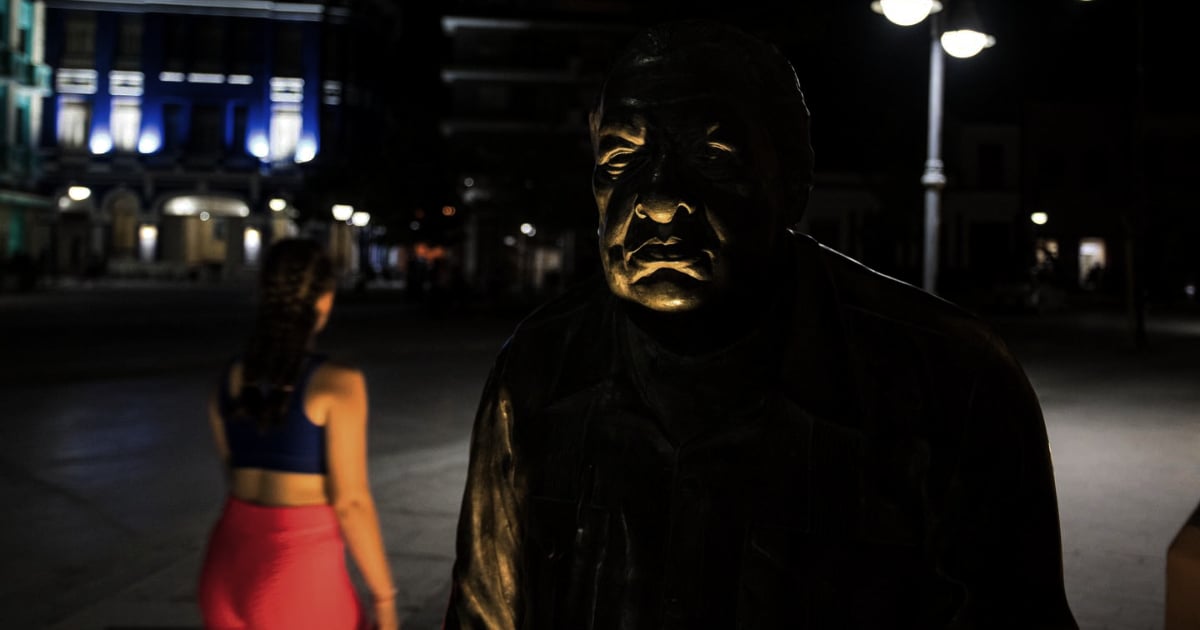The Cuban Electric Union (UNE) announced on Saturday that the National Electric System (SEN) is grappling with a severe shortage in power generation, exceeding 1,500 MW during peak demand hours. In a statement shared on social media, UNE highlighted that the most severely impacted areas stretch from Mayabeque to Guantánamo. On November 15, power outages reached a peak of 1,385 MW.
UNE projected that during peak hours, the available power is expected to be around 1,660 MW against a maximum demand of 3,100 MW, resulting in a shortfall of 1,440 MW. If these conditions persist, a disruption of 1,510 MW is anticipated during this period. Furthermore, at 7:00 a.m. on Saturday, the SEN's availability stood at 1,560 MW compared to a demand of 2,154 MW, creating an immediate deficit of 518 MW.
Thermoelectric Plants and Fuel Shortages Worsen the Crisis
The country's power generation remains in a critical state, with five thermoelectric units offline due to malfunctions: unit 5 of the CTE Mariel, unit 6 of the CTE Nuevitas, unit 2 of the CTE Felton, and units 3 and 6 of the CTE Renté. Additionally, another four units are out of service for maintenance, including unit 2 of the CTE Santa Cruz, units 3 and 4 of the CTE Cienfuegos, and unit 5 of the CTE Renté, contributing to a total loss of 351 MW.
The distributed generation sector is also struggling, with 53 plants offline due to fuel shortages, adding an extra 509 MW to the deficit.
Public Outcry and Protests Highlight Discontent
On the previous day, the company led by Alfredo López Valdés reported disruptions across the nation of up to 1,330 MW. This Saturday, UNE confirmed the maximum impact was 1,385 MW at 6:20 p.m., coinciding with peak demand.
The Cuban regime has yet to fully restore the SEN, leaving blackouts as a frequent occurrence in daily life. The increasingly frustrated population is voicing their discontent through means such as banging pots and staging street protests.
On October 16, 2024, residents of Báguanos, Holguín, took to the streets to protest against the widespread power cuts affecting their everyday lives. Subsequently, on October 21, during the third consecutive night of a nationwide blackout, protests erupted in Havana and other areas like Manicaragua, where residents' frustration peaked after several days without electricity or water.
These demonstrations underscore the rising dissatisfaction among Cubans regarding the island's energy crisis, as well as the diminishing coercive power of regime authorities, who persist in attempting to intimidate those who choose to protest.
